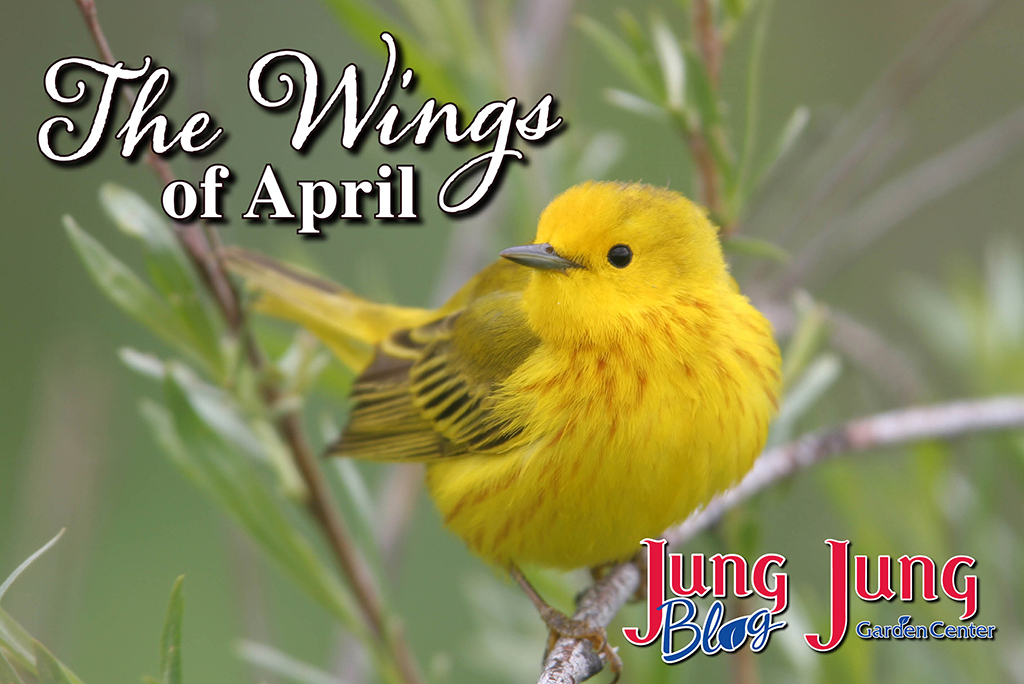
April has arrived and soon, the wings of spring will dance across our yards and gardens, and landscapes. Spring songbird migration is on and with every strong south wind, more and more migrants will sweep into the Wisconsin area.
Here is a guide to some of the amazing spring migrating songbirds of April. In my next blog, I’ll introduce you to even more incredible birds of April.
Purple Finch
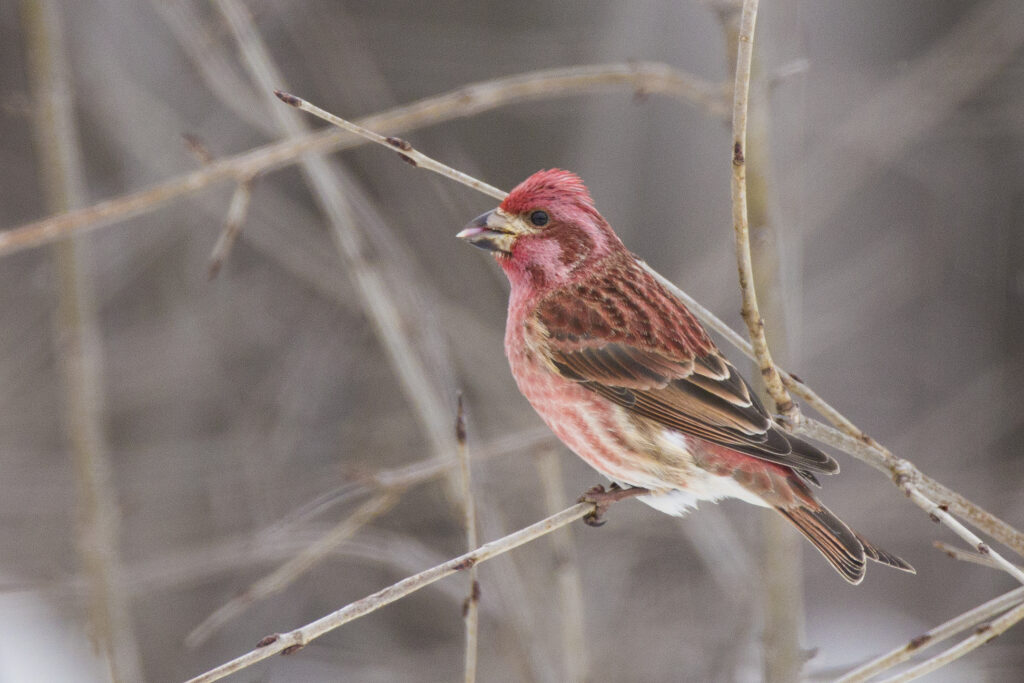
Beautiful and vivacious in a unique wine purple, this finch is found in our area during spring and fall migration.
Sometimes confused with the house finch, the purple finch is, as the name implies, more purplish in overall coloration. The house finch is much redder in color.
Another distinction is that the coloration of the purple finch covers the entire body, while that of the house finch is concentrated around the head and throat.
Watch your feeders carefully during April as purple finches begin to move through. These are fun birds to watch, with a loud, powerful song that they sing frequently as they move through.
White-Throated Sparrow
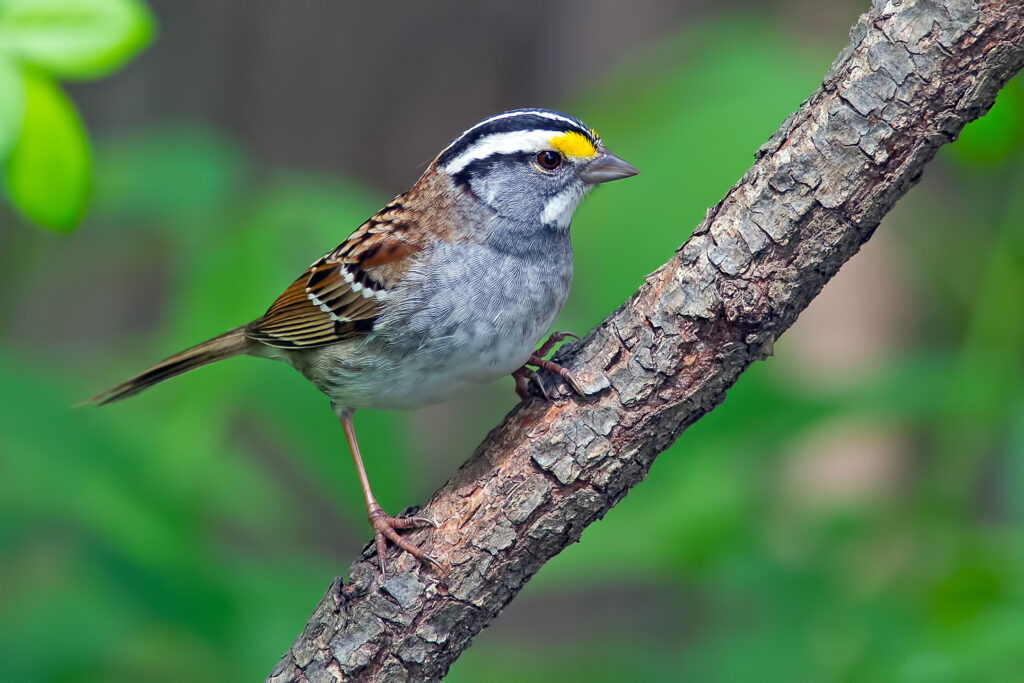
With his sweet, whistled song, “Oh, sweet Canada, Canada, Canada,” the handsome white-throated sparrow is a treasured spring migrant throughout our area. This sparrow can be identified by the bright white patch on the forehead, as well as the white throat.
Watch your birdfeeders carefully during the spring migration. These sparrows often feed on the ground, rather than upon the feeder itself.
Hermit Thrush
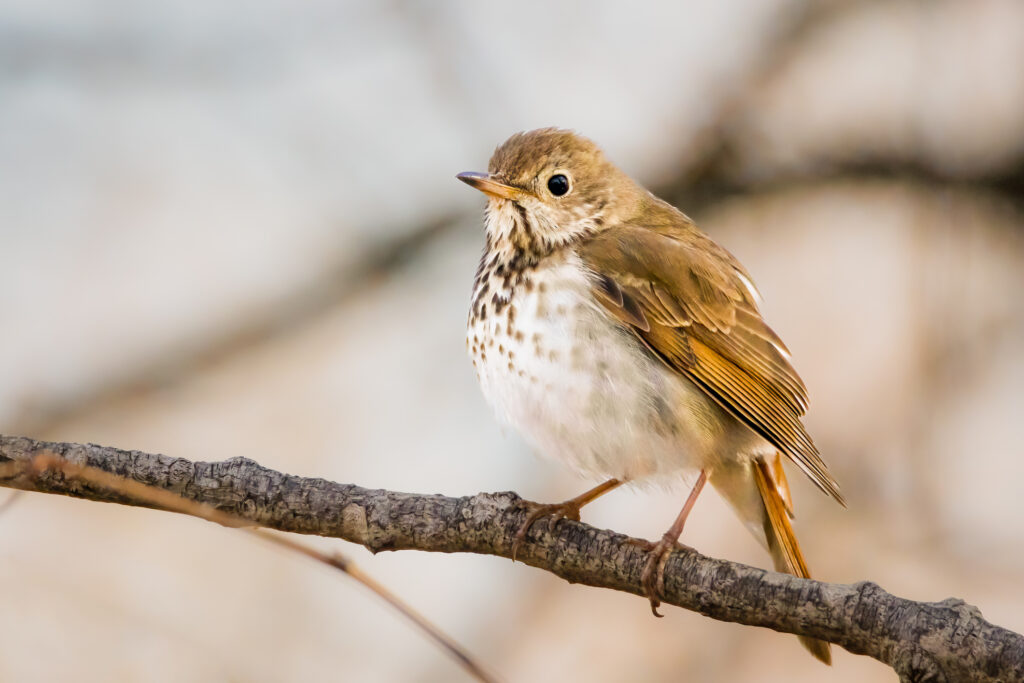
Related to the robin, the hermit thrush is one of the earliest members of the family to move north during spring migration. Often, we see them in open wetlands during late March and April.
Hermit thrushes can be identified by their overall grayish-brown color with a speckled white breast. Hermit thrushes can be identified from other, similar thrush species by their cinnamon-colored wings and tail.
Brown Creeper

A fun and interesting little bird, the brown creeper is sometimes confused for a nuthatch, though it is colored brown and gray with distinctive streaks over its body. Like a nuthatch, the creeper “creeps“ along tree trunks in search of insects and cocoons in bark crevices.
Unlike the nuthatches, the brown creeper moves vertically up the tree trunk. Nuthatches will scamper and scurry up and down and around. Brown creepers will always move directly up. Once they reach the top of the tree, they quickly fly down to the base of the next tree and start the pattern over.
Song Sparrow
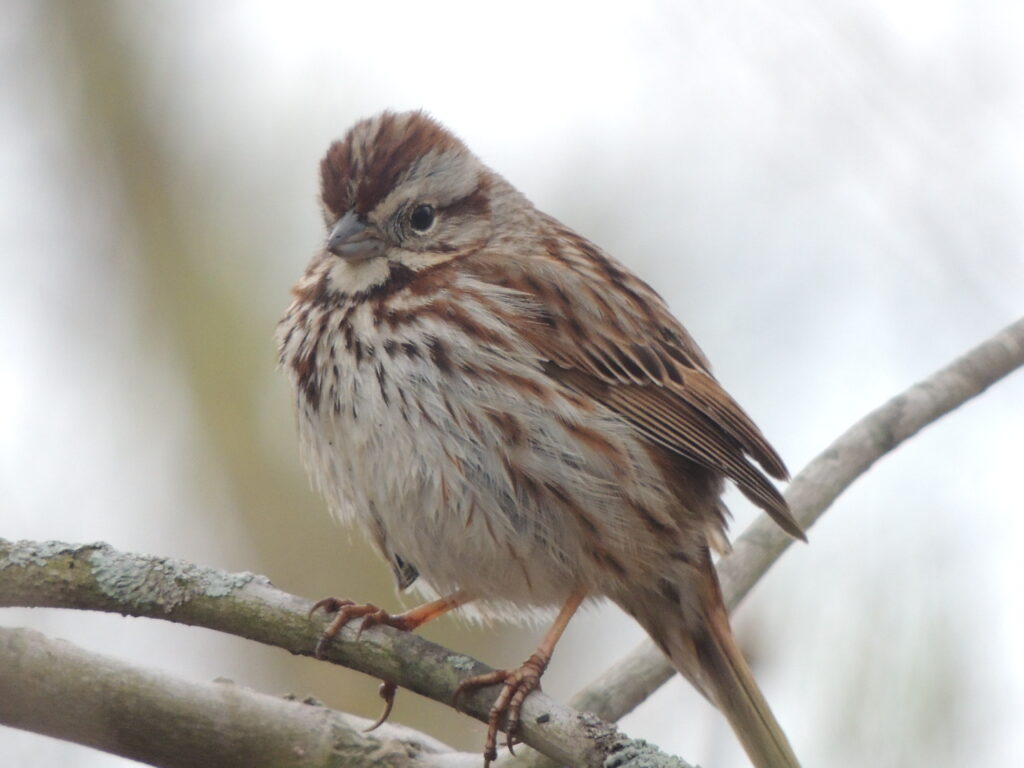
With his loud, distinct song and bold habit of perching on the top of dogwoods and other shrubs, the Song Sparrow is a welcome spring migrant, as well as a local breeding bird here in our area.
Colored a light, grayish brown with darker streaks, the Song Sparrow is similar to many other sparrows in our area. Take a closer look and identify this species by the large dark spot on the breast.
Eastern Meadowlark

In rural areas and open countryside, the eastern meadowlark arrives in late March and early April, announcing his return with his powerful, clear, whistled song.
These birds blend in well with the dormant grasses and plants of their open country habitat. They are often seen fluttering away from the roadside as we drive by or pass them on hiking trails.
Often, they sing loudly from telephone poles and fence posts.

This bird is striking in coloration with a flashy yellow and black breasts.
Like many of our grassland bird species, the eastern meadowlark is in decline due to the development of agricultural lands and open areas.
Yellow-Rumped Warbler
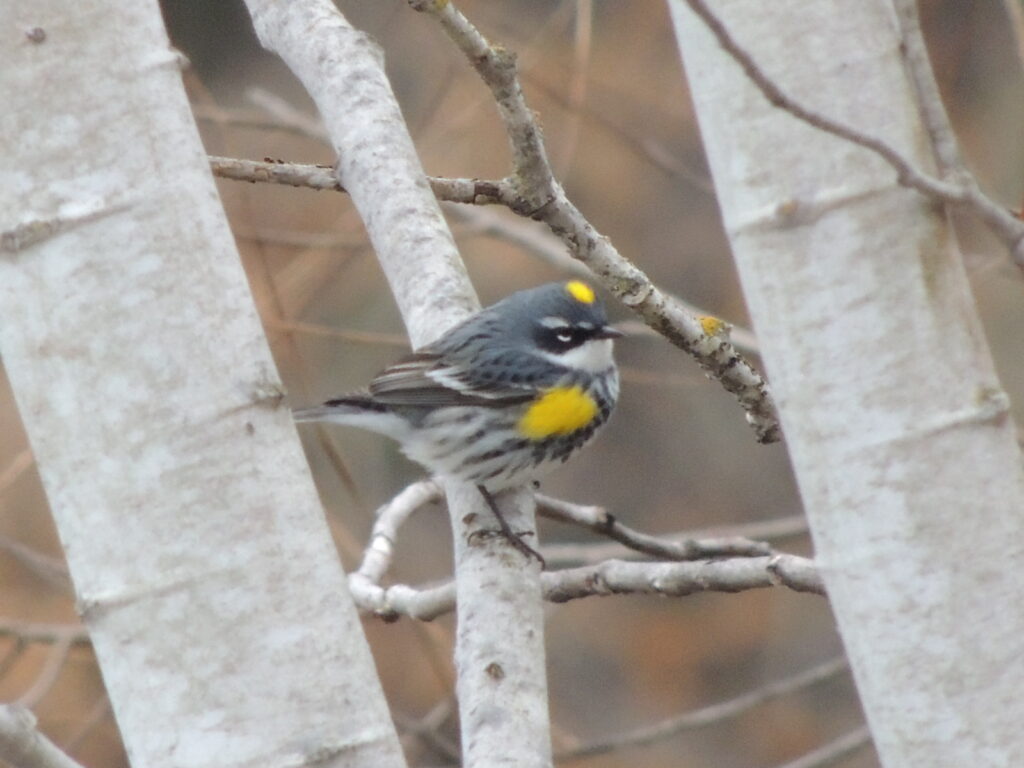
The beautiful yellow-rumped warbler is the first of over 30 species of colorful wood warblers to return each spring. Often called by its nickname “butterbutt,” in reference to its brightly yellow rump patch, this warbler often arrives in great numbers that flit and frolic in the bare spring forest in search of insects and other prey.
Other Recommended Reading

- How To Create A Bird-Friendly Garden
- 15 Best Plants For Pollinators
- Bee Kind Gardening – A Guide To Plant & Pollinator Balance
- Gardening With Chickens – Why Chickens & Gardens Just Make Sense
- Pet-Friendly Plants & Landscaping For All Seasons
At Jung Seed Co, we strive to be your go-to guide for all your gardening needs. Our YouTube channel Jung Garden Center has a variety of videos where our experts provide gardening tips for all levels of gardeners. When you need reliable gardening advice, turn to the trusted experts at Jung.
If you are in the Wisconsin area, please visit us at one of our Jung Garden Center locations for all your gardening needs. Otherwise, you can browse our website. To receive info on new products, exclusive deals, and specials, be sure to sign up for our weekly email. Join our Facebook page, to discuss all things gardening!
About The Author: Rob Zimmer is a Wisconsin-based nature and garden columnist, author, public speaker, and radio host. Find him on Facebook and listen to Outdoors with Rob Zimmer every Friday, 11am-noon on WHBY.